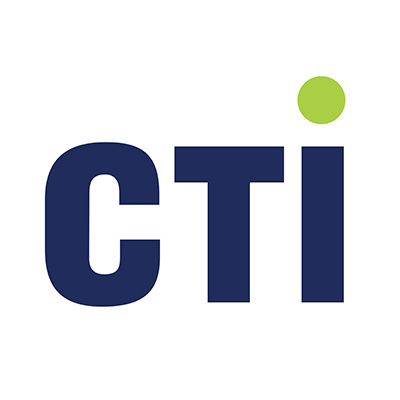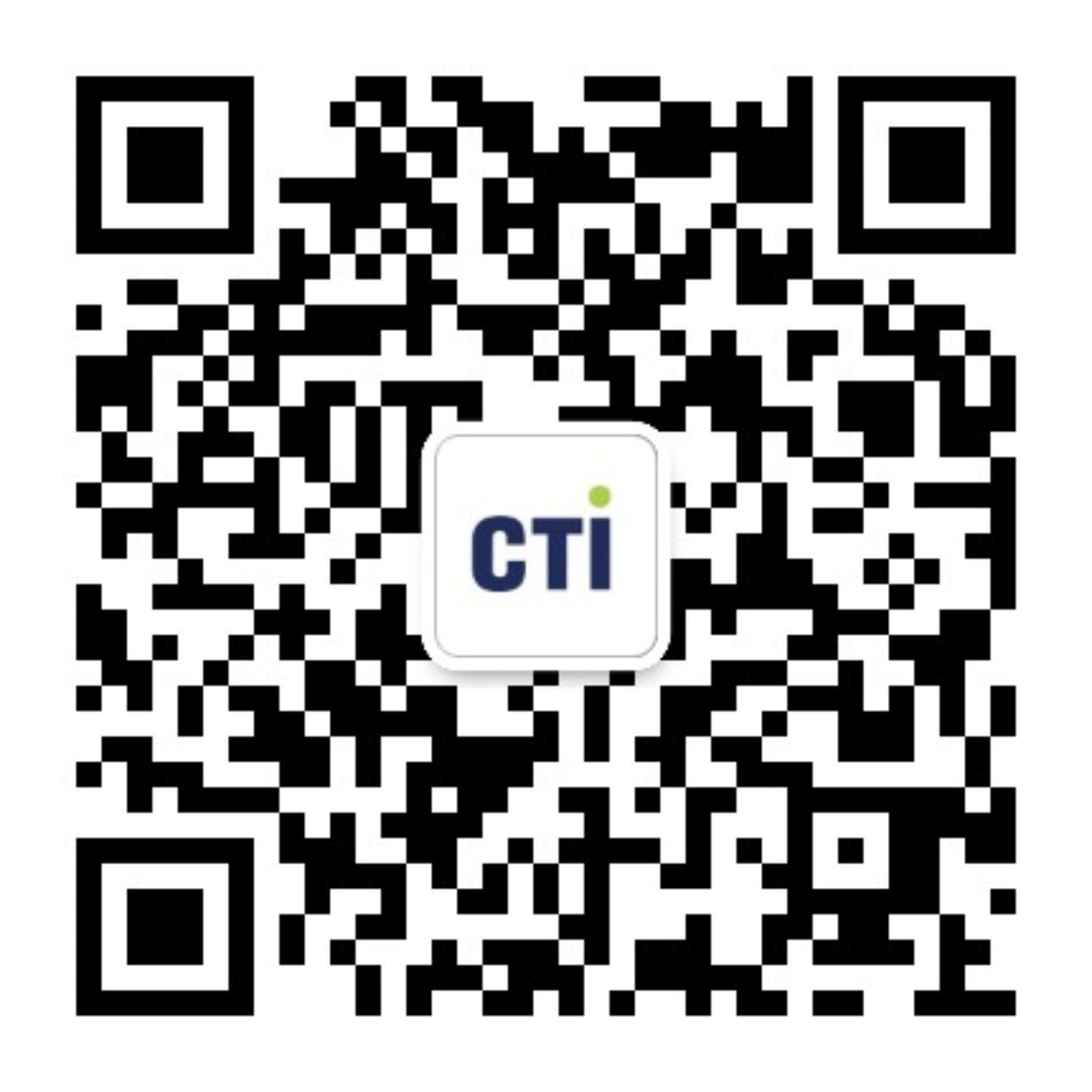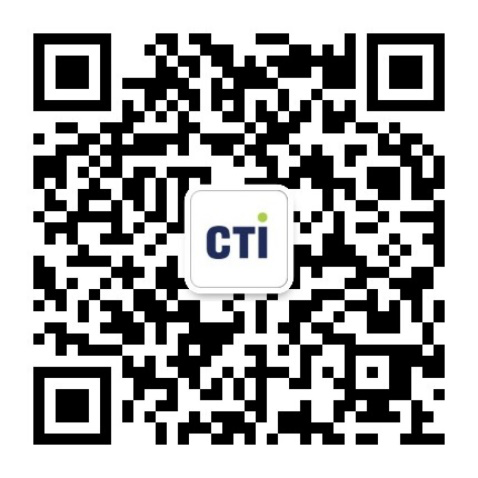灏图品测一直以来秉持着吸收先进理念,学习促进发展的精神,已连续6年作为该系列大师班的独家赞助方参与其中,致力于推动行业交流和发展。
基于在日常感官及相关工作中,很多实际问题难以通过查阅文献或以往的资料经验得以解决。灏图品测决定推出感官大师答疑解惑系列文章,直击行业痛点:
我们将梳理在《感官大师班》中同行基于实战难题的提问以及国际感官大师们对此的点拨与解答。
持续关注我们,扫除感官及相关工作中的盲点和痛点,提高新产品上市的成功率!
本期主题:
情感测量的三种传统问卷有何差异?
本期答疑导师

Dr. Herb Meiselman
Pangborn 感官科学研讨会前主席
爱思唯尔(Elsevier)编辑
感官和消费者研究、产品开发和食品服务系统设计与评估领域的国际知名专家。
承接上期针对情感测量是内隐测量还是外显测量进行了讨论,本次将针对情感测量的三种传统问卷有何异同进行讨论。
在《感官大师班》中,Dr. Herb Meiselman向我们介绍了POMS (Profile of Mood States, 心境量表)、MAACL (Mood Affective Adjective Check List, 多种情绪形容词检核表)、PANAS (Positive Affect Negative Affect Schedule, 积极情感消极情感量表)等几种情感测量的传统问卷,有同行提问能否总结不同问卷的主要区别和使用场景。
Could you please give us a summarize what’s the main difference between the three different measure scales and how to select the method based on our situation?
Dr. Herb Meiselman教授是这样解答的:
The biggest difference between the three methods is whether they are positive or negative. PANAS is half positive and half negative. MAACL has two positive scales and three negative scales. POMS is mainly negative.
这三种方法最大的不同之处在于它们是正面的还是负面的。PANAS有一半正面量表和一半负面量表。MAACL有两个正面量表和三个负面量表。POMS主要是负面的量表。
Dr. Herb Meiselman还补充道:
If you want to go beyond that, you could look at the specific words. And depending on what product category you work in, different words will appeal to you. And the way you find that out is by doing focus groups with your consumers and your products. And you say ‘how does this product make you feel? What emotions are you feeling or thinking?’ When you think of the product and the consumers begin to give you words, and then you know which kind of words should be on an emotion questionnaire for your product. Now that's the ideal situation. Everyone wanna pick one of the existing methods and not make the effort, time, money to develop something for their category. Different products categories are associated with different emotions.
如果您想更进一步,您可以关注具体的词汇。根据您所处的产品类别,不同的词汇会吸引您。了解这些词汇的方法是与您的消费者和产品进行焦点小组讨论。您可以询问“这个产品让您有什么感觉?您在想什么情绪?”当您思考产品时,消费者开始给您提供词汇,从而了解哪些词汇应该出现在您产品的情感问卷中。这是理想的情况。每个人都希望选择现有的方法,而不愿费力、花时间、花钱去开发适合他们类别的内容。不同的产品类别与不同的情感相关联。
















































 粤公网安备 44030602000441号
粤公网安备 44030602000441号